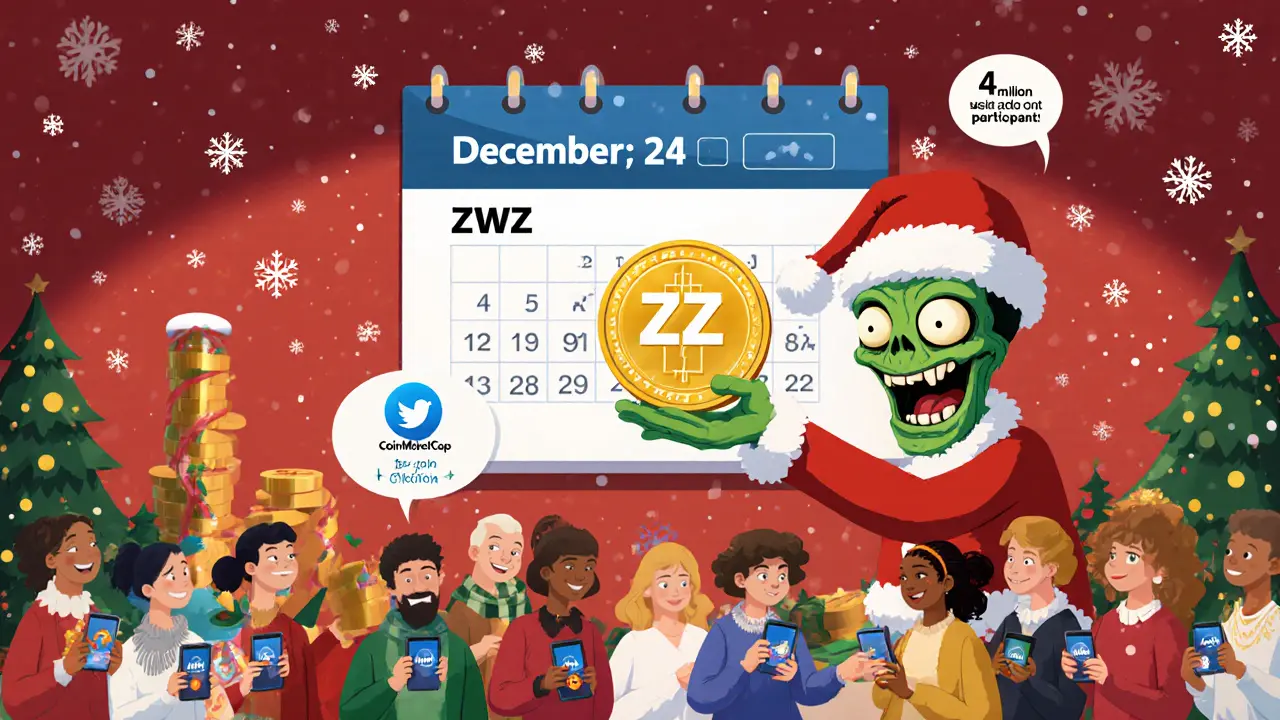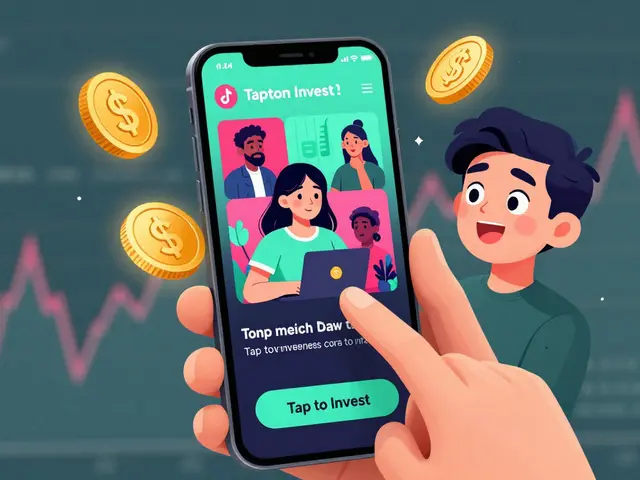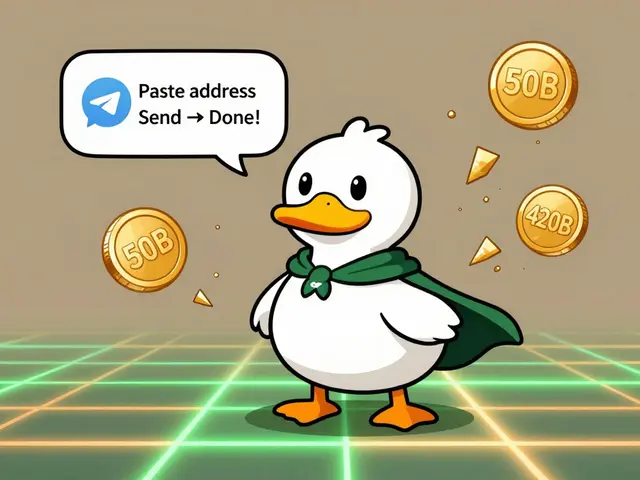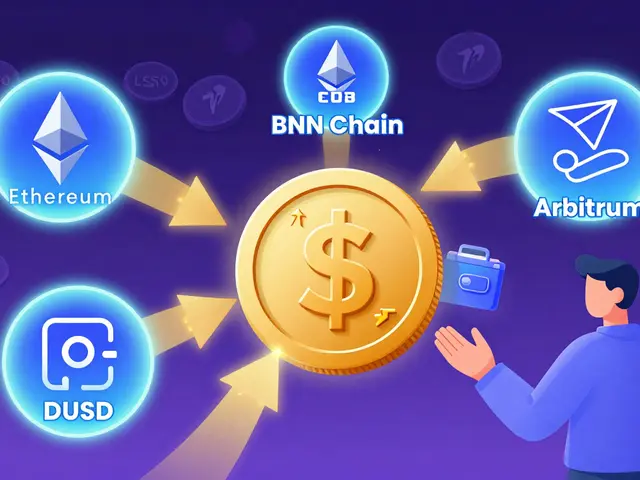Zombie World Z – Your Guide to the Zombie Game, Tokens, and Airdrops
When diving into Zombie World Z, a blockchain‑based zombie survival game that blends RPG elements with real‑world crypto economics. Also known as ZWorld Z, it lets players earn, trade, and battle using its native ZOMBIE token, a utility coin that powers in‑game purchases, staking, and community rewards, while running a play‑to‑earn model, where every quest, raid, or crafting action can generate actual crypto payouts. The game also issues NFT collectibles, unique zombie characters, weapons, and land parcels stored on smart contracts that players can buy, sell, or upgrade. Together these pieces create a self‑sustaining economy that mirrors real‑world markets.
How the Core Pieces Fit Together
The ZOMBIE token acts as the monetary backbone. Its tokenomics include a fixed supply, a 2% transaction tax that fuels a community treasury, and periodic burns that aim to increase scarcity. This design means that as more players join, demand for the token rises, potentially boosting its value. Meanwhile, the play‑to‑earn model, which rewards players with ZOMBIE tokens for completing missions, staking, and winning PvP battles directly links activity to earnings, encouraging long‑term engagement. NFT collectibles, such as rare zombie skins or limited‑edition weapons, provide ownership rights and can be used to boost in‑game stats. Because each NFT lives on a smart contract, ownership is transparent and tradable on secondary markets.
Smart contracts also enforce the game's airdrop system, distributing free ZOMBIE tokens or NFTs to active community members based on criteria like staking duration or quest completions. This airdrop mechanism fuels viral growth: new players receive a starter pack, existing players get referral bonuses, and the ecosystem stays liquid. The synergy between tokenomics, play‑to‑earn, NFTs, and airdrops creates a loop where participation begets reward, reward fuels more participation, and the overall market stays healthy.
Beyond the core loop, the game integrates with popular crypto exchanges, letting users swap ZOMBIE for major coins or fiat. Exchange listings increase accessibility, but they also introduce price volatility, something players should watch. Security is another key factor; the game leverages audited smart contracts and multi‑signature wallets to protect treasury funds, yet users must still practice standard crypto hygiene—use hardware wallets where possible and verify URLs before connecting.
Community governance rounds out the picture. Token holders can vote on new zombie species, balance changes, or upcoming airdrop schedules via on‑chain proposals. This democratic layer ties the game's evolution directly to its most invested players, turning them from mere consumers into co‑creators. When the community decides to launch a new limited‑edition NFT series, the resulting buzz often triggers a surge in trading volume, showing how governance, NFTs, and tokenomics reinforce each other.
All these elements—token economics, play‑to‑earn incentives, NFT ownership, airdrop rewards, exchange integration, and community governance—form a tightly woven web that defines Zombie World Z. Whether you’re a casual gamer curious about earn‑while‑you‑play, a crypto trader scouting fresh assets, or a developer looking for blockchain game design cues, the ecosystem offers a clear example of how multiple blockchain concepts can intersect.
Below you’ll find a curated set of articles that break down each piece in detail: from deep dives into the ZOMBIE token’s supply schedule, step‑by‑step airdrop claim guides, to security checklists for handling in‑game assets. Dive in to see how the pieces fit, pick up practical tips, and decide if Zombie World Z belongs in your crypto portfolio.
Zombie World Z (ZWZ) Airdrop Details & What You Need to Know
Detailed breakdown of the Zombie World Z (ZWZ) airdrop, token mechanics, market status, and why caution is advised when considering ZWZ now.





